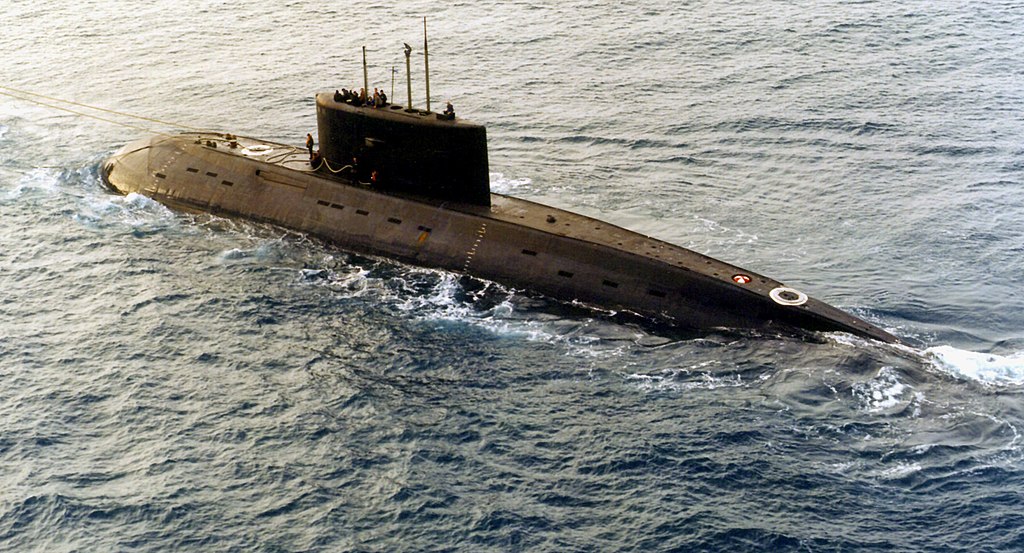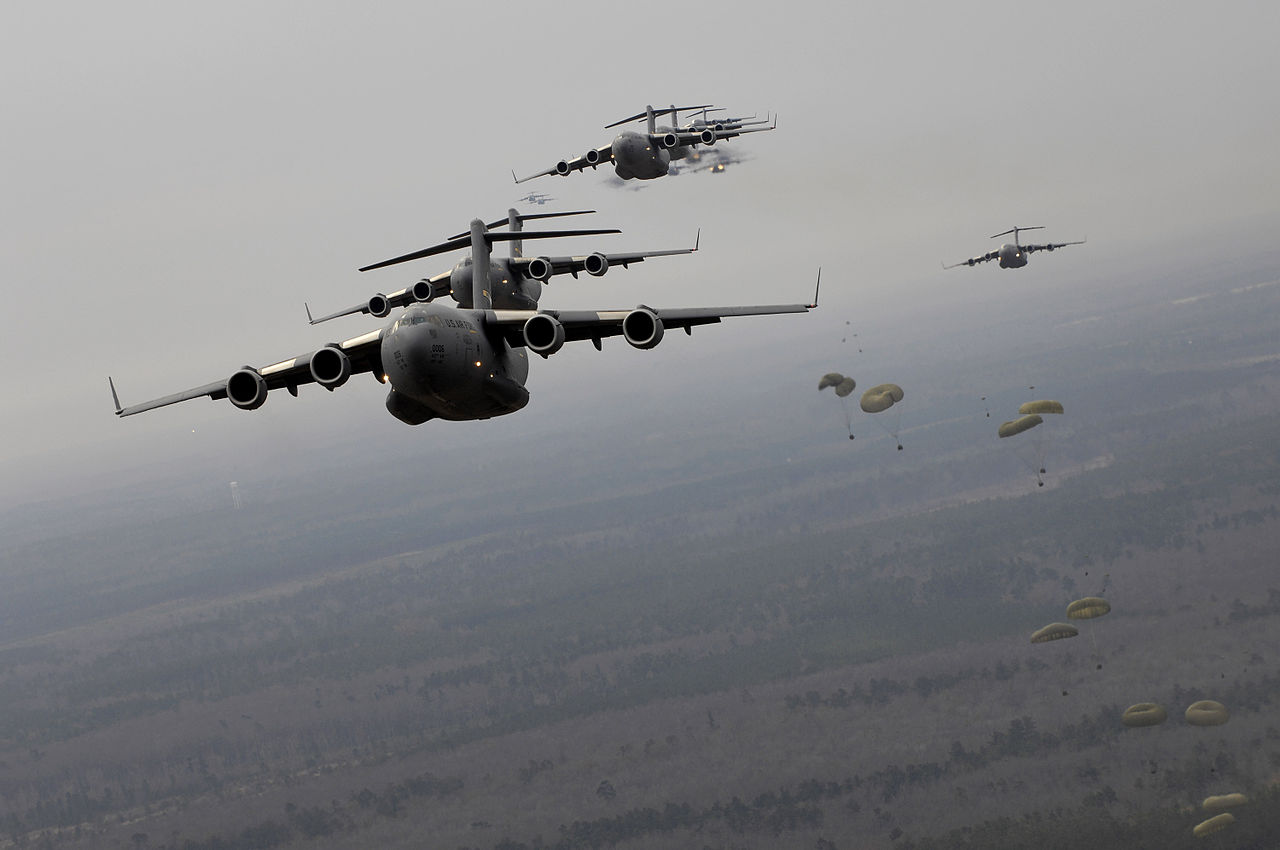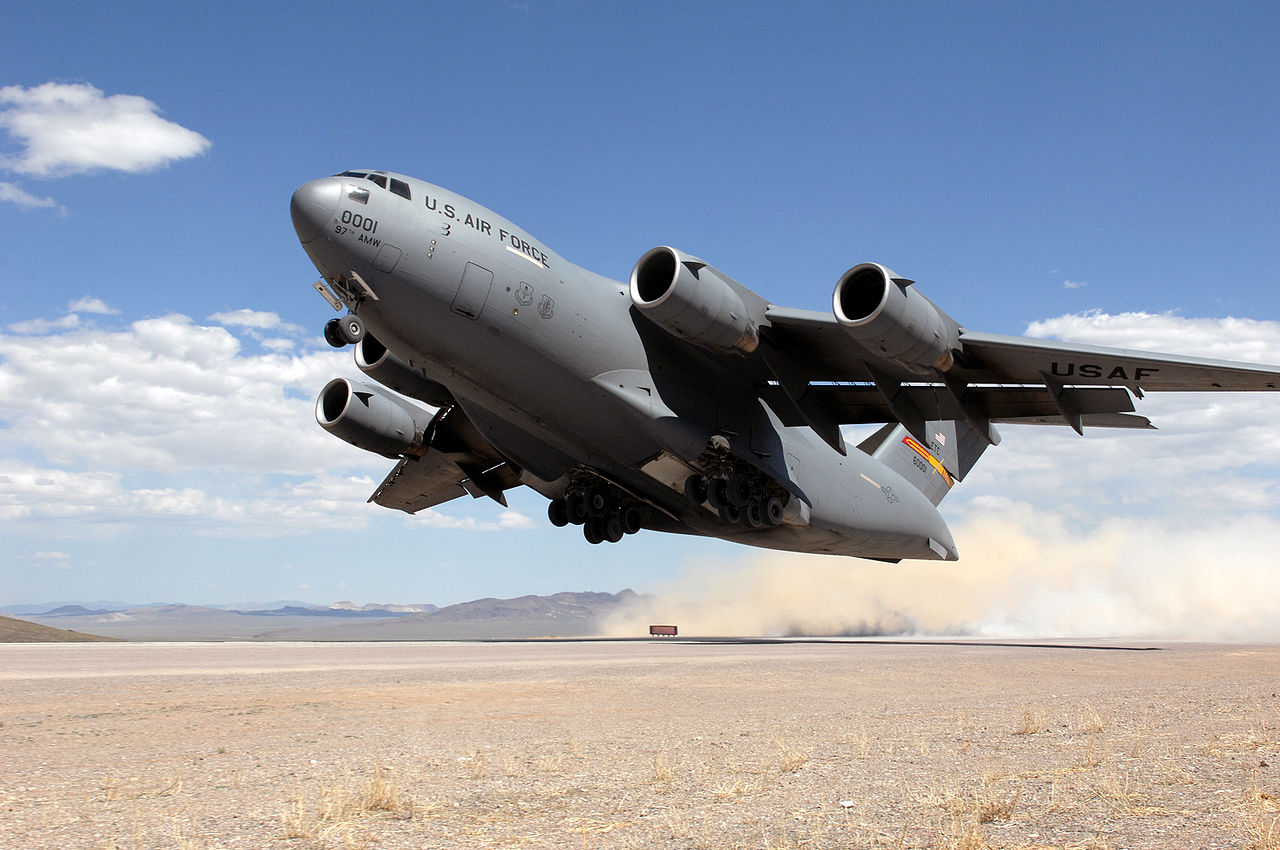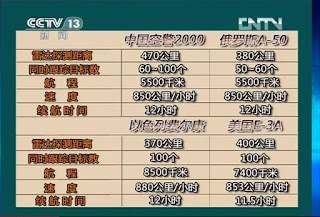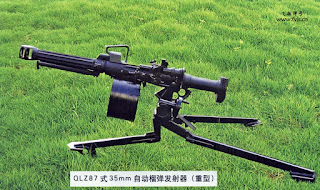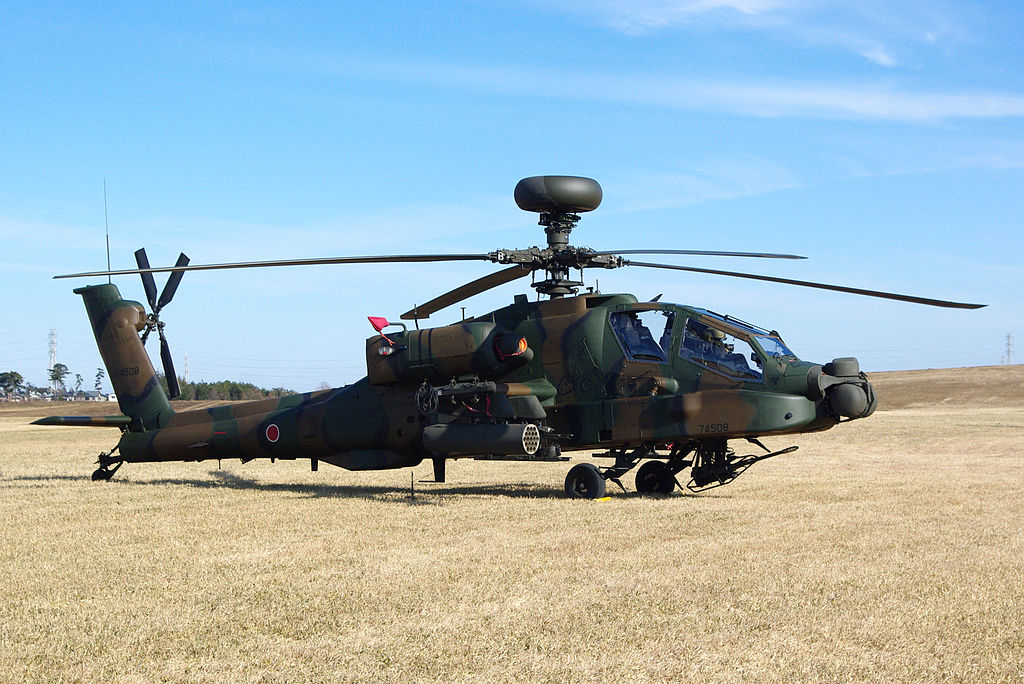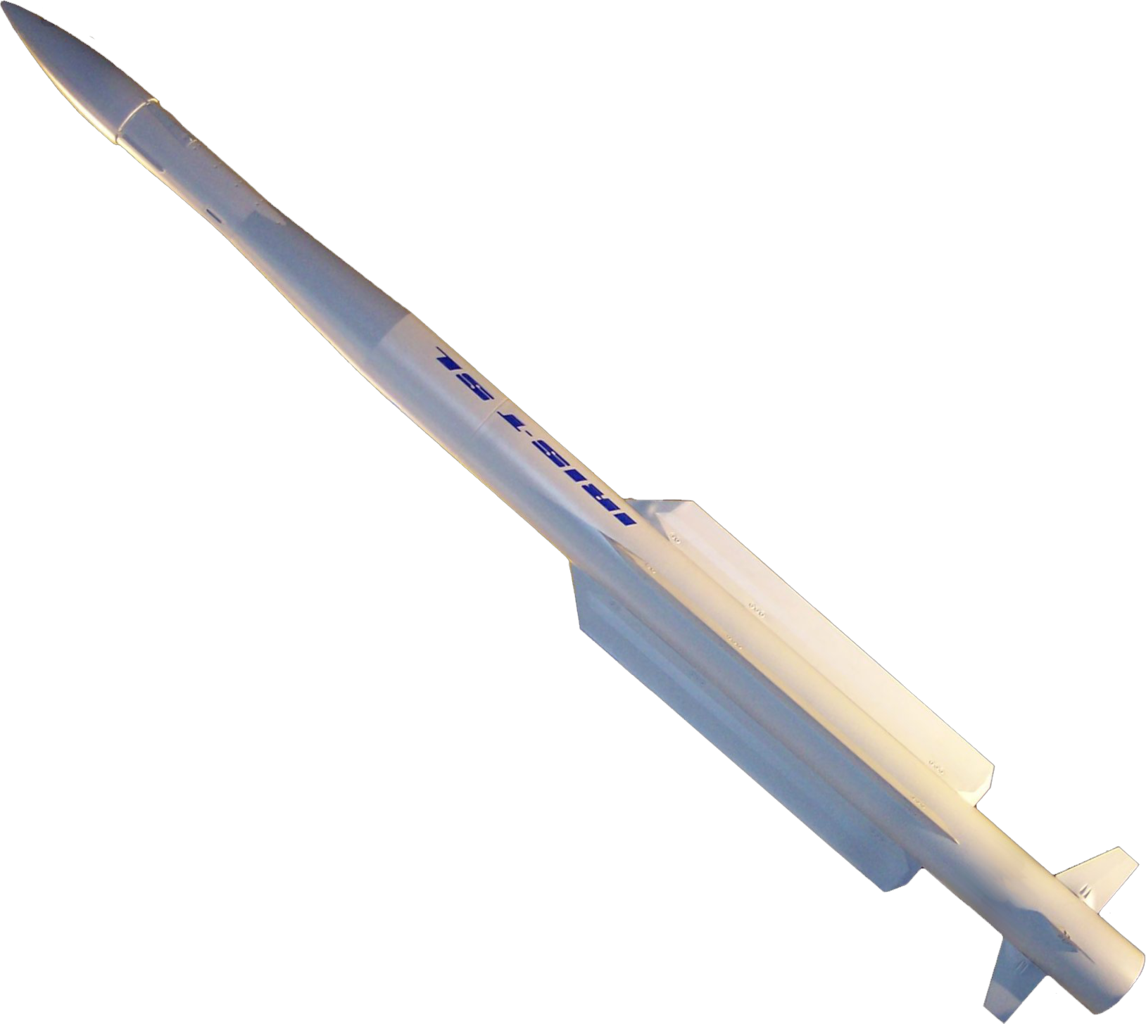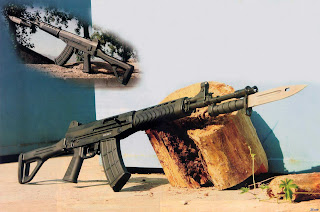The Y-20 had its first public test flight on Chinese state media for the first time. Developed by the the Xi'an Aircraft Industrial Corporation, part of Aviation Industry Corporation of China (AVIC), the Y-20 transport aircraft is to replace the Russian Ilyushin IL-76MD currently in service with the Chinese Air Force.
China originally bought 14 new and 6 used IL-76 starting in the early nineties, of which 14 are still used in the transport role. Four have been converted into KJ-2000 AEW&C aircraft and the remaining serve as test aircraft.
Further attempts to increase the number of available IL-76 airframes failed when a 2005 contract with Russia for the delivery of 34 IL-76 and 4 IL-78 refuelling aircraft could not be executed.
Only in 2010 has China been able to purchase another 10 used IL-76 airframes from Russia and Belarus, which are now in the process of being overhauled, with the first delivered this month.
To help speed up development of the Y-20, the Chinese sought assistance from the Ukrainian Antonov aircraft design bureau, with which has an extensive working relationship and which has extensive experience designing transport aircraft, including the An-124 and An-225.
Both the Y-7 and Y-8 transport aircraft currently used by the Chinese military trace their roots to aircraft originally designed by Antonov, which also helped in improving both aircraft for China.
According to Ukrainian claims, 3 design candidates were submitted to the Chinese to address their requirements for the Y-20.
- the turboprop An-70
- the An-77, a version of the An-70 with turbofans
- the An-170, a heavily modified and larger version of the An-70
The Y-20 design will address some of the shortcomings of the IL-76 design. The IL-76 fuselage and cargo hold is relatively narrow, which is a significant drawback in the transport role.
In general, most cargo tends to bulk out before they hit their weight limit. The Y-20 fuselage and cargo hold has thus been made wider and more efficient than the IL-76, allowing better cargo dimensions.
The Y-20 is also more aerodynamically efficient than the IL-76, which is a relatively outdated design. Modern composites and advanced avionics will also be incorporated into the Y-20. A supercritical wing may also be used.
The original design of the Y-20 also had to be changed to account for the increase in the weight of China's latest tank designs, which it must carry, such as the ZTZ-99A2, which comes in at around 60 tons.
The Y-20 will initially use the Russian Soloviev D-30KP2 engine, the same engine used in the IL-76MD. Three engines are in development for the Y-20:
- the WS-18 based on the D-30KP2
- the WS-20 based on the WS-10A engine
- the CJ-1000A and derivatives, which is best suited but may not be available as quickly as the previous two
Until an engine with more thrust than the D-30KP2 is available, the Y-20 will not be able to carry its maximum payload of up to 66 tons.
In the meantime, China has ordered 239 D-30 engines from Russia, 55 in 2009 and 184 in 2011. They will be used on the IL-76 and Y-20 aircraft, but also in the upgraded H-6K bomber aircraft.
http://news.cntv.cn/2013/01/26/VIDE1359192961355745.shtml
http://english.peopledaily.com.cn/90786/8099537.html
Credit original poster, via Chinese Internet


